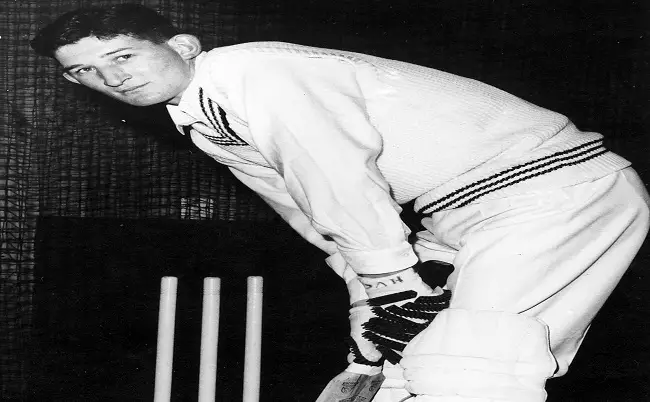It is commonly assumed that excellent quality wicket-keepers serve as the nerve centre of all teams in every game format. Aside from concentrating their efforts on collecting thrilling catches and effecting game-changing stumps, they must also contribute with valuable runs to lower down the order and provide valuable hints to captains in desperate need of aid. Here are five of New Zealand's top wicket-keepers across all formats, listed in order of their ability. It is important to remember that the ranking is not solely on statistics, and batting ability is not given as much weight as glove prowess.
1. Ian Smith
With his quick feet and sure hands, Ian Smith is perhaps New Zealand's finest wicket-keeper ever. His superior game awareness sets him apart from the other glove men of his age. When compared to the likes of Brendon McCullum and BJ Watling, his batting statistics may not appear to be very impressive. However, he played during the most challenging decade in cricket history, so the right-record-hander is commendable. Throughout the 1980s, Smith was an essential member of the New Zealand team in tests and ODIs. His partnership with the famous Sir Richard Hadlee resulted in a slew of opposition wickets. In addition to his 85 dismissals in 97 One-Day Internationals, he took 168 catches and had eight stumps in 63 Tests.

2. Brendon McCullum
Brendon McCullum's commitment to New Zealand cricket was illustrated by his outpouring of mixed emotions following his farewell Test game. Before changing the Kiwis' playing style with his shrewd captaincy and dynamic batting, the Dunedin-born batsman made an indelible mark with his compact wicket-keeping abilities. Even though Parore's all-time New Zealand Test record was within his reach, a recurring back injury prompted McCullum to give up the gloves in the latter stages of his career, forcing him to turn his focus to other elements of the game. Among all three formats, his wicket-keeping record of 452 dismissals, including 418 catches and 34 stumps is the greatest among all Kiwi glove men.
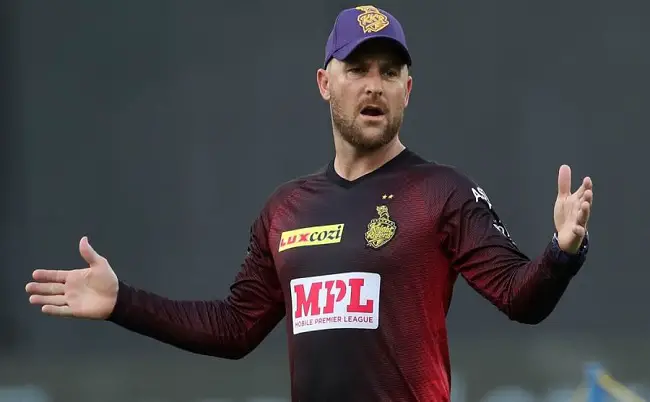
3. Adam Parore
Adam Parore leads the list of all New Zealand wicket-keepers with 201 dismissals from 67 Tests. When limited-overs figures are factored in, only Brendon McCullum has surpassed his tally of 337 dismissals, including 305 catches and 32 stumps. The numerous occasions when strategically skilled Stephen Fleming resorted to Parore for ideas attesting to his tactical aptitude. While his glovework was generally clean, the right-hander also made essential contributions from various positions in the batting order.

4. BJ Watling
BJ Watling has come a long way from making his Test debut as a specialist opening batsman against Pakistan in Napier during the 2009 season to becoming New Zealand's leading wicket-keeper in the conventional format. Even though his gritty batting has saved the Kiwis numerous times, the Durban-born cricketer's neat work behind the stumps has made him an indispensable part of the Kiwi set-up. Watling's dismissal per innings ratio of 2.01 is the greatest by any New Zealand gloveman in Tests. With 167 dismissals in only 44 matches, he is swiftly ascending to New Zealand's history ranks.

5. Ken Wadsworth
Ken Wadsworth was a cricketer who was widely regarded as being well ahead of his time. Aside from being the gloveman who improved with each game, he was also a batter who could adjust his plan according to the situation. He made his debut at Lord's, the de facto home of cricket, in 1969 and went on to have a seven-year career at the highest level. Wadsworth was comfortable behind the stumps, whether Hedley Howarth's persistent left-arm spin or Dick Motz's quick pace. Only a few people are aware that he was the first wicket-keeper batsman to score a century in one-day internationals. He could have added to his 33 Test caps if it hadn't been for a devastating Melanoma attack.
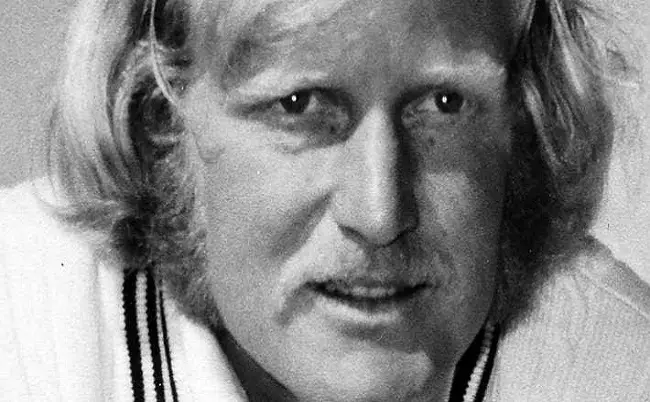
6. Tom Blundell
Tom Blundell is a powerful wicket-keeper batter recognized for his wide range of sweep strokes with his bat. In December 2017, a Wellington-born wicket-keeper batsman made his Test debut against the West Indies. So far in his career, the youthful wicket-keeper has played 11 Test matches and scored 572 runs at an average of 38. In his brief stint for New Zealand, he also scored two hundreds and two fifties. He also hit a century in his Test debut against the West Indies in Wellington. Blundell played 72 First-class matches in his career, catching 154 balls and stumping six. In his first-class appearances, he scored 3856 runs at an average of 36.

7. Tim Seifert
Tim Seifert is a young right-handed wicket-keeper batter who has created a name for himself in international cricket's T20 format. In 2018, the young and explosive batsman-wicket keeper made his International debut against England. However, he did not play much One-Day International cricket in the early stages of his international career. He has only played three One-Day Internationals and is the youthful keeper-batsman who is yet to make his Test debut for New Zealand. Tim has been a wicket-keeper since intermediate school, and he was mentored by former New Zealand keepers Gareth Hopkins and Jason Hills. Tim Seifert scored 291 runs in 51 first-class matches at an average of 36. In addition, he had 125 catches, seven stumps, and one run out behind the stumps. Tim has the potential to be a long-term option for New Zealand as a Test Wicket-Keeper.
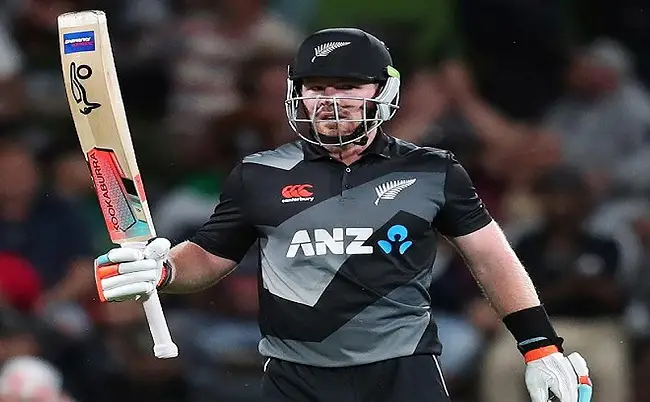
8. Glenn Philips
Glenn Phillips is a young right-handed wicket-keeper batter who is recognized for hitting rapid runs in the middle order. Despite his minimal international experience, he is primarily regarded as one of the next generations of batters. The South African-born New Zealand cricketer made his international debut against South Africa in February 2017. In 2020, he will also make his Test debut against Australia. He has, however, only played one Test match in his career. Phillips appeared in 38 first-class matches, scoring 2355 runs at an average of 40. His strike rate has always been reasonable in every version of the game, with a strike rate of 63 in his first-class career. He scored 390 runs in 10 innings at an average of 39 in his final season of the Plunket-Shield Tournament. Phillips could be a viable substitute for BJ Watling in the middle order.
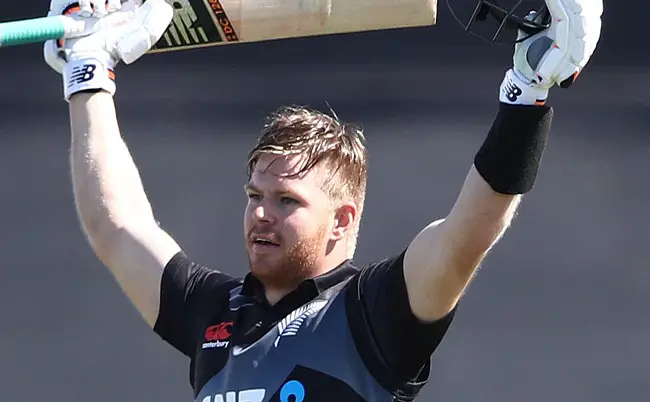
9. Warren Lees
He made his first-class debut for Otago in 1970 and played until 1988. He appeared in 146 matches during this time, scoring 4932 runs at 24.66 and dismissing 348 opponents. He caught 304 balls and stumped 48. He also had two wickets. He made his debut for Otago in 1971 and played 81 matches, scored 1071 runs at an average of 18.78, took 82 catches, and stumped ten times. Otago won both the one-day and first-class championships in his final season as captain (1987-88).
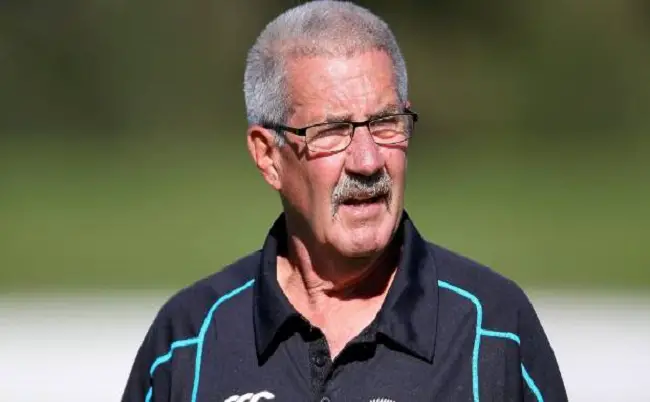
10. Artie Dick
Dick held a wicket when the squad stopped in Perth on the route to South Africa and played a match against Western Australia, but he gave up 32 byes. When the team arrived in Africa, his record improved. He maintained wicket in all five Tests, taking 21 catches and two stumps, conceding 52 byes in the series, compared to only nine by his South African rival John Waite. His unbeaten 50 in the second innings of the Third Test in Cape Town aided New Zealand's first Test victory outside of the country. On the way back to New Zealand, the squad played in Australia once more, where Dick scored his lone first-class century, 127, against New South Wales after going in to bat.
